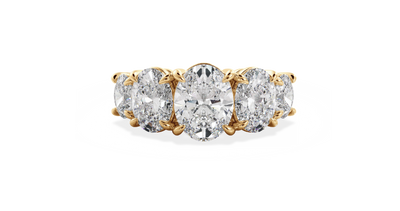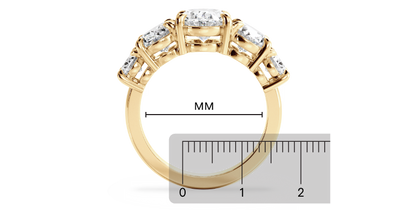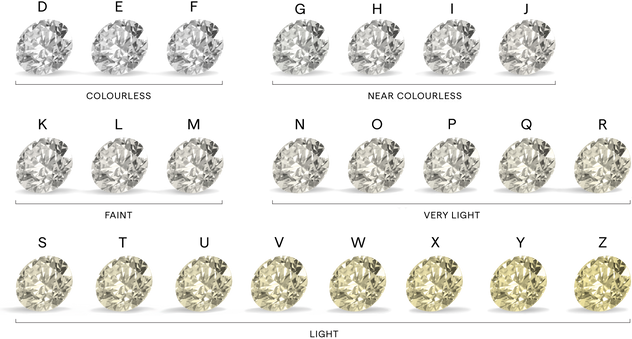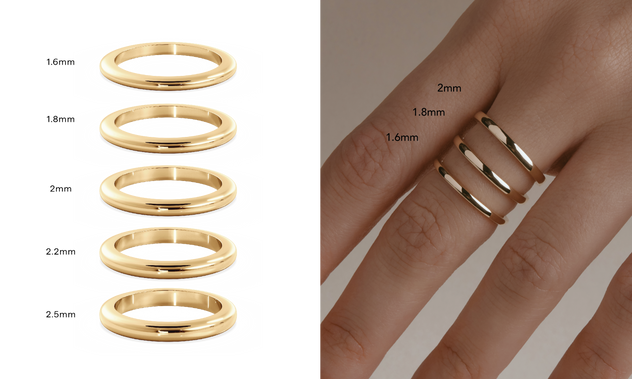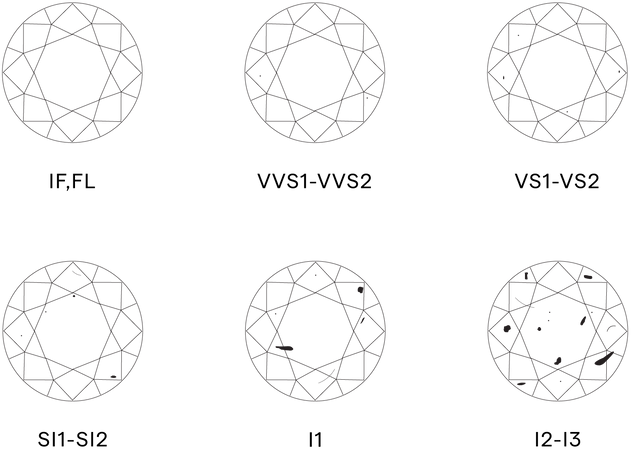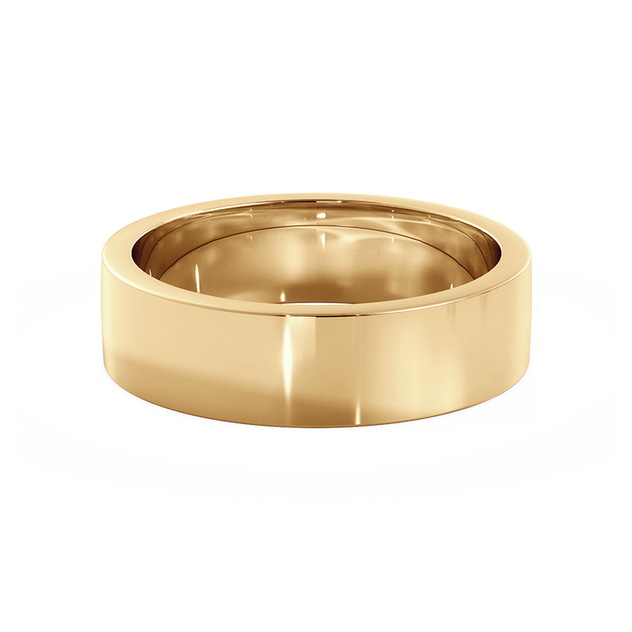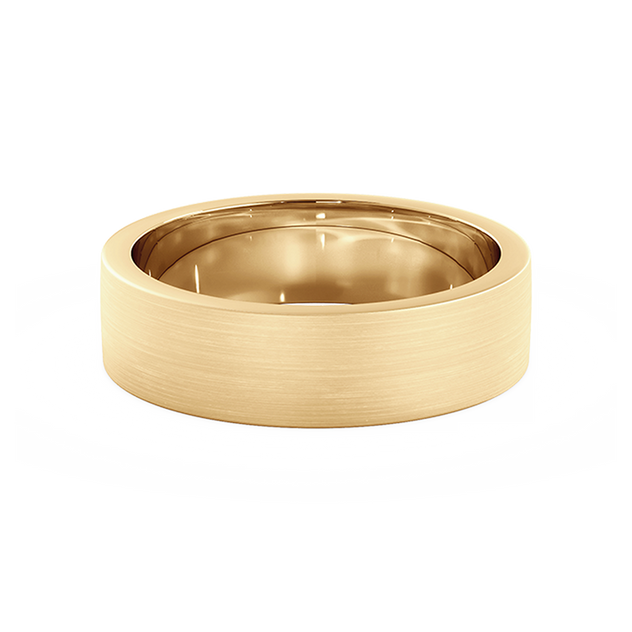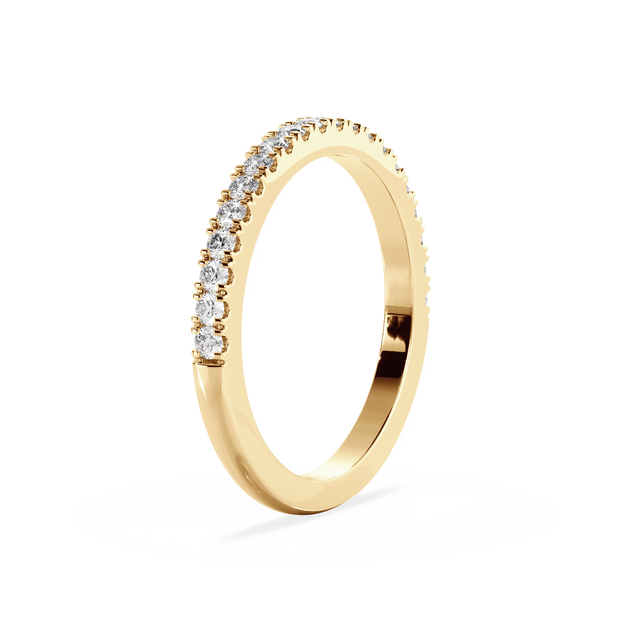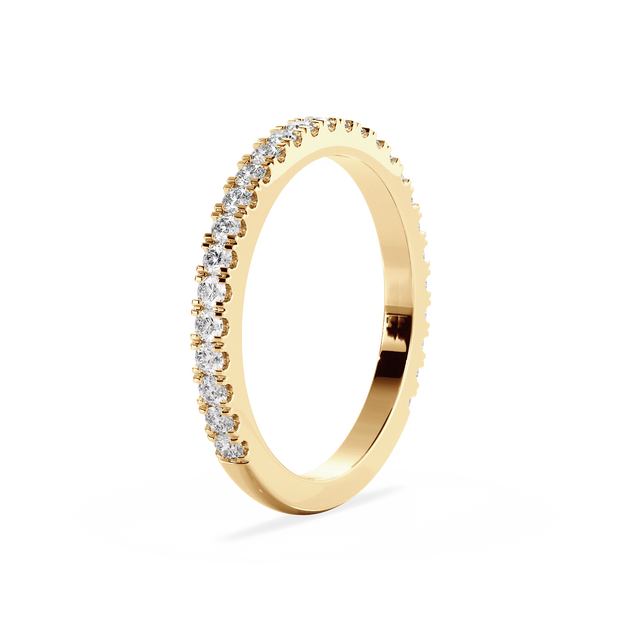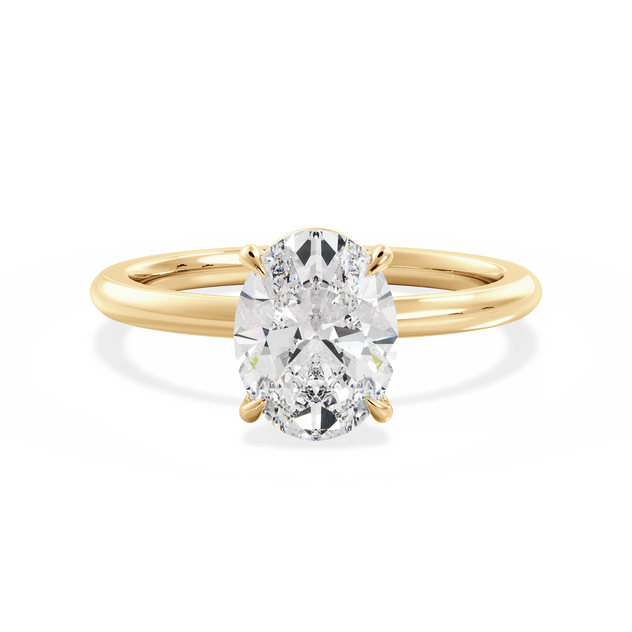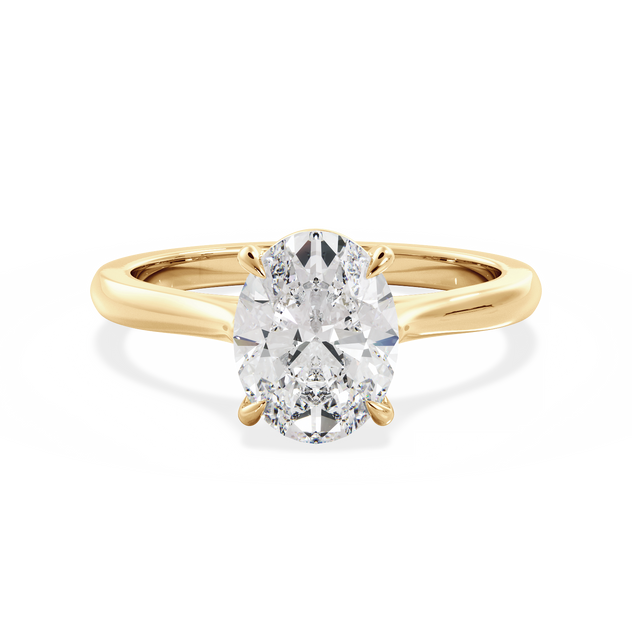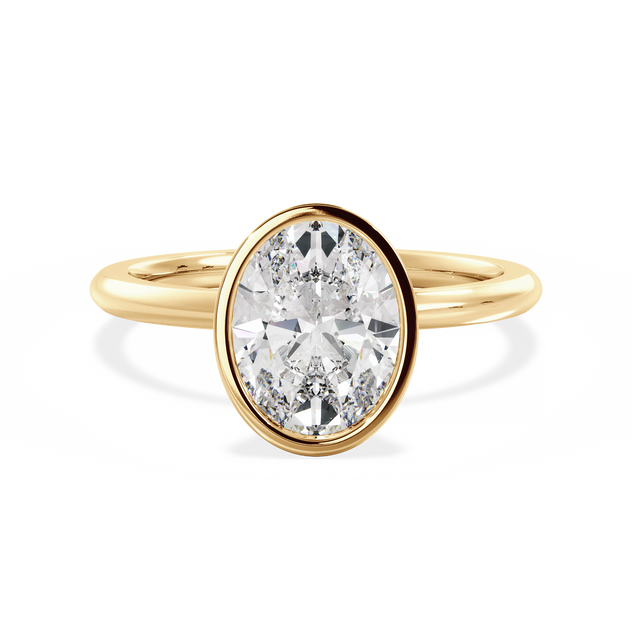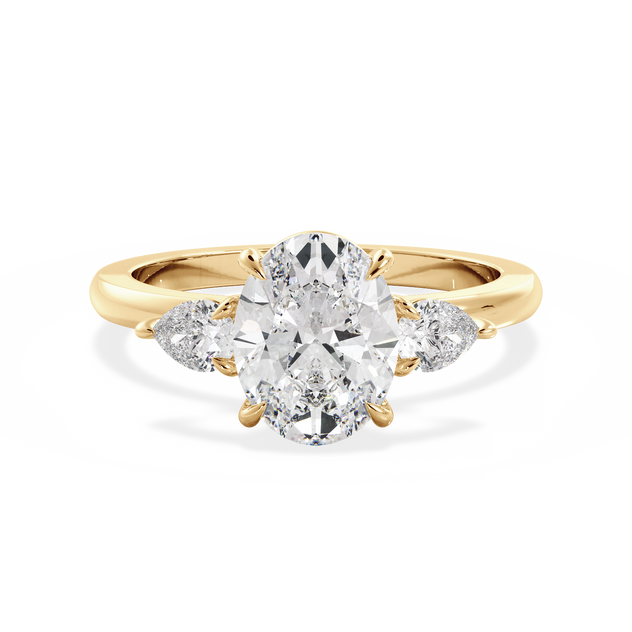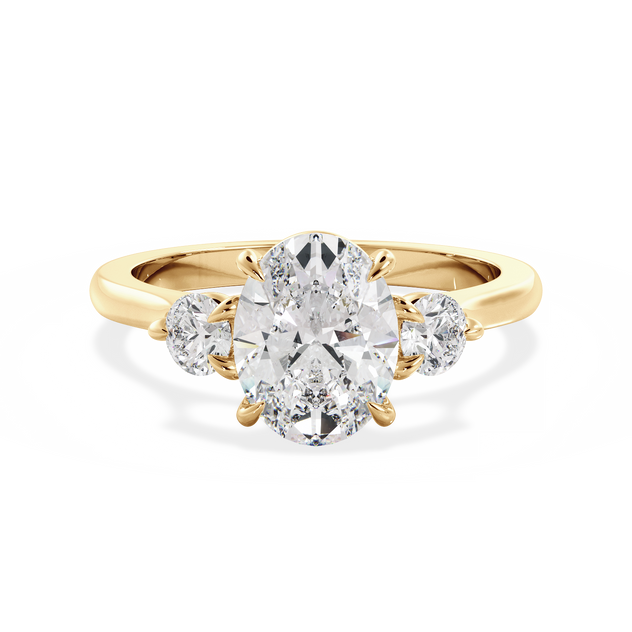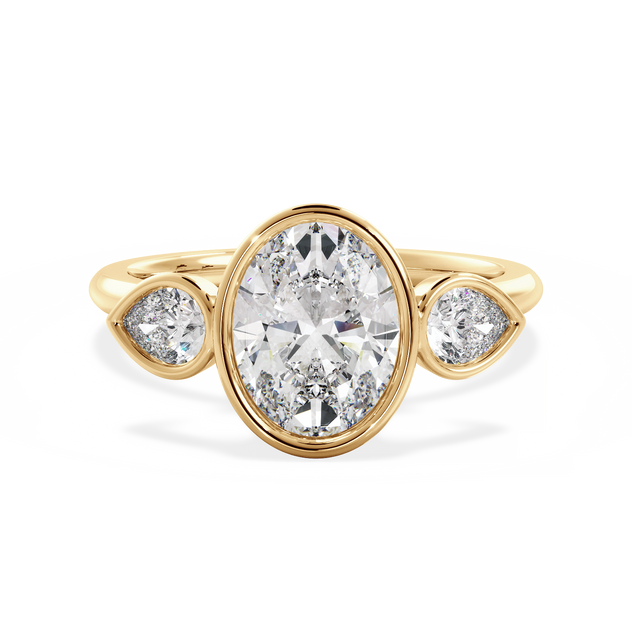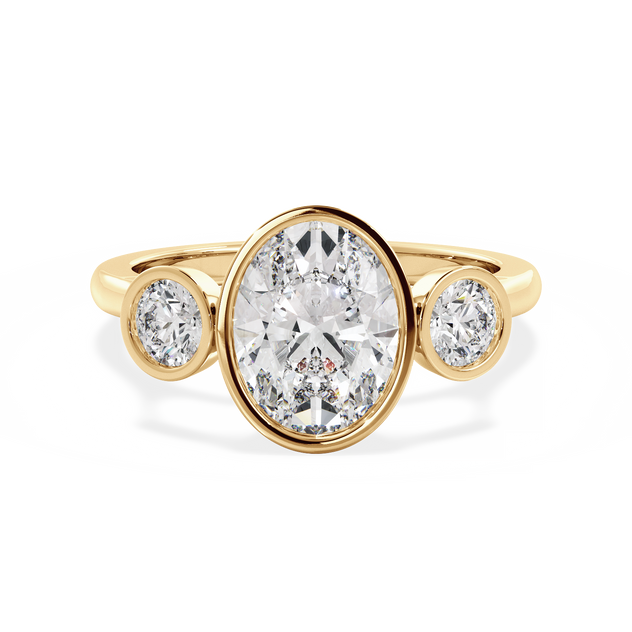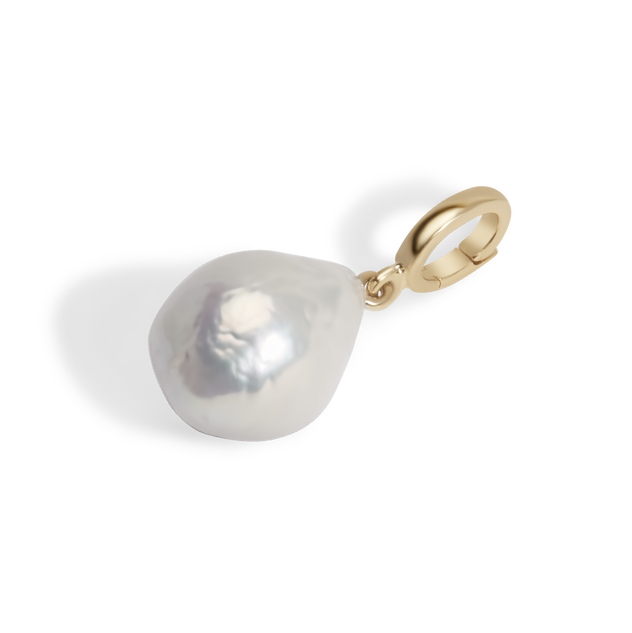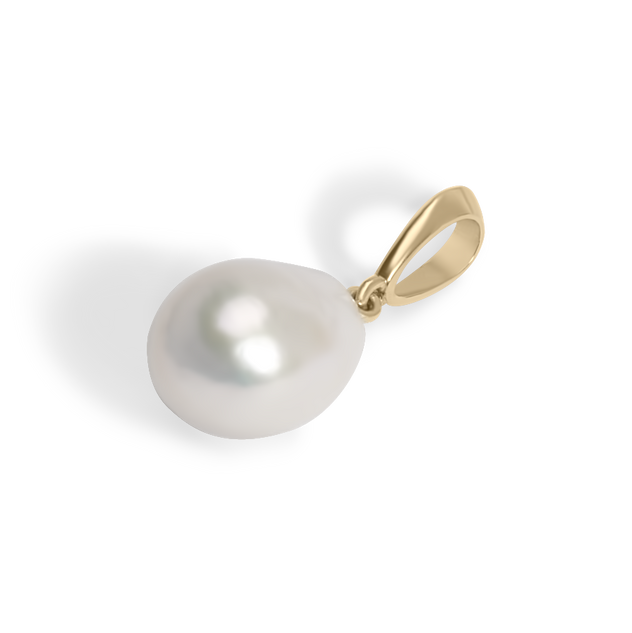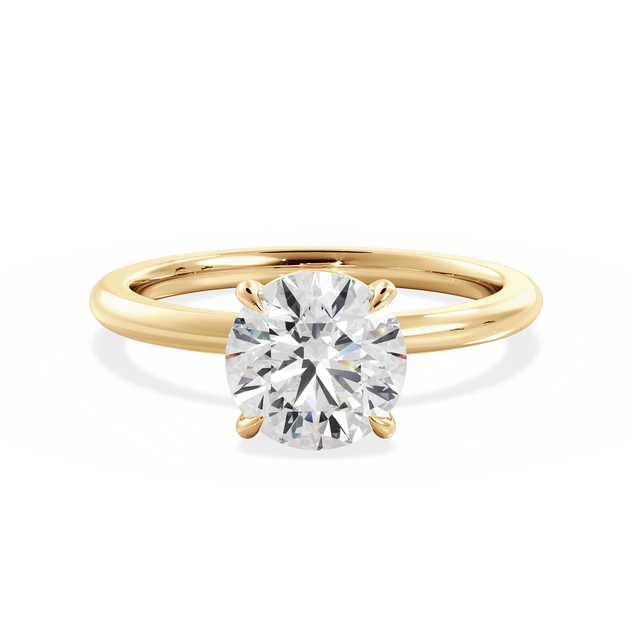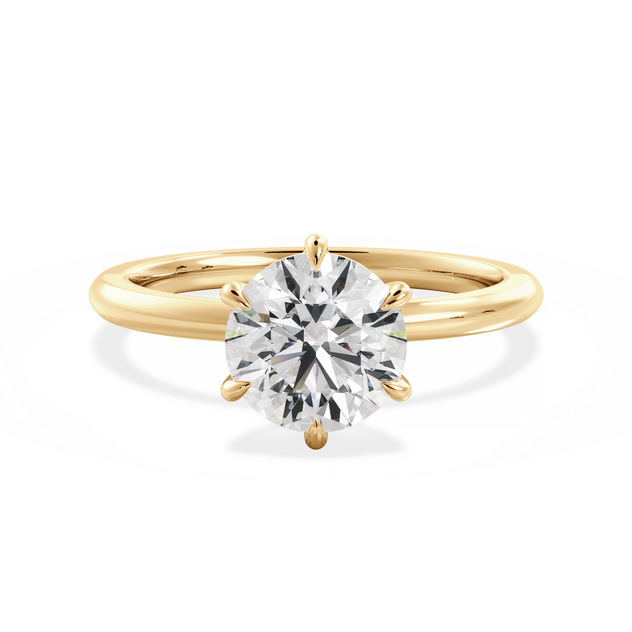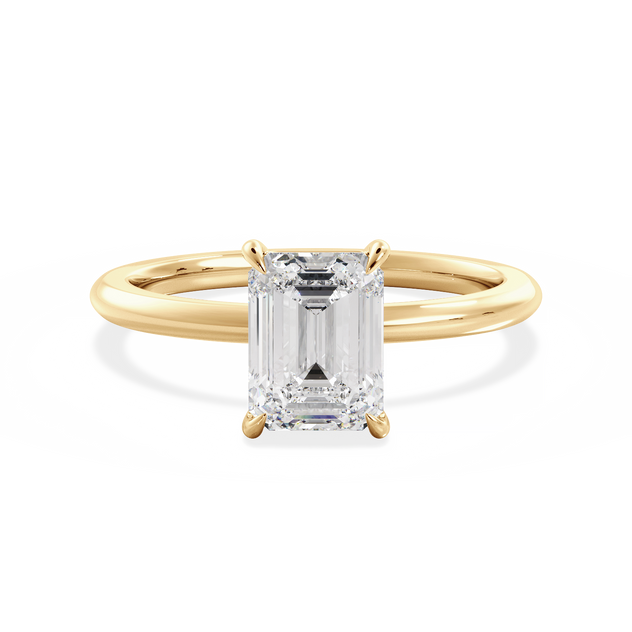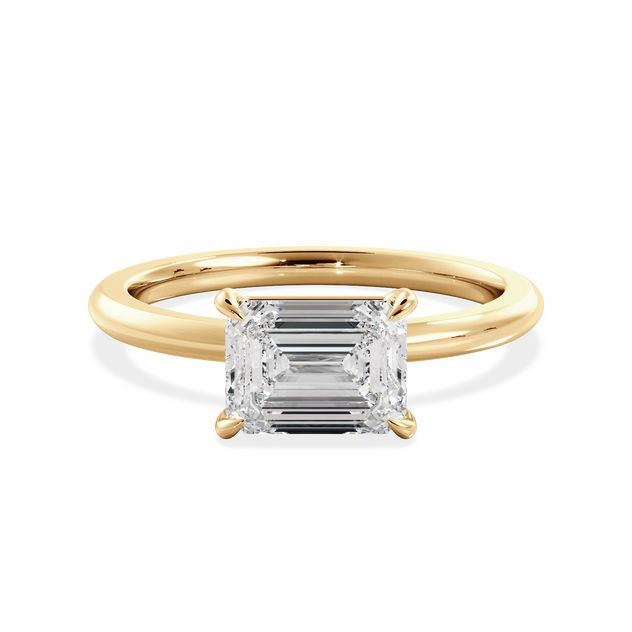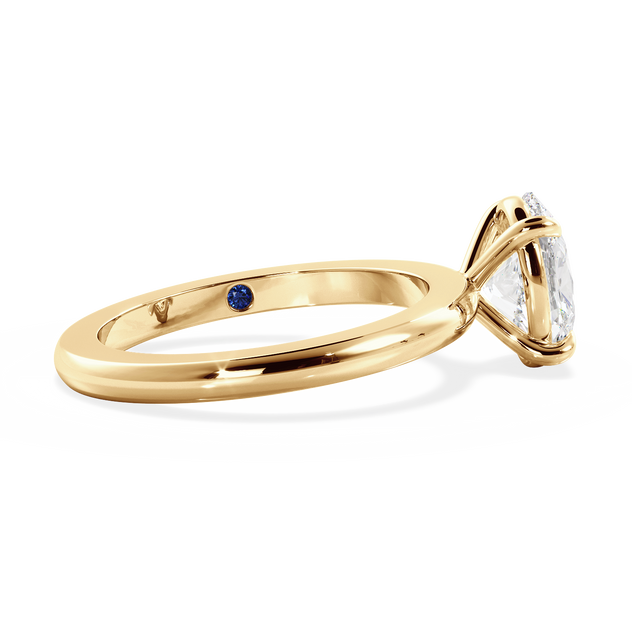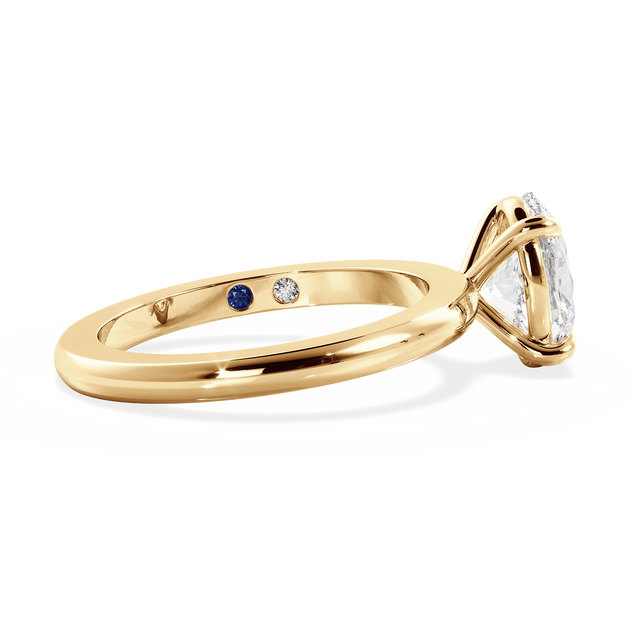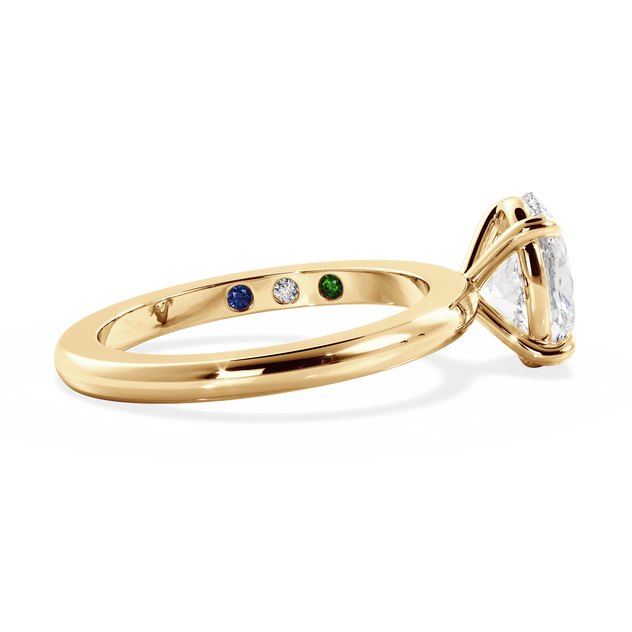Use an existing ring that fits on the ring finger


DIAMOND EDUCATION
Choose your perfect diamond with our educational guideline.
Diamonds are considered the world’s most precious gemstone, and selecting the perfect diamond begins with understanding the varying characteristics and quality factors. The 4C’s (carat, cut, colour and clarity) are primarily used to determine the visual attributes, quality and overall value of a diamond, but prioritising what is most important to you is a personal preference. Our educational guide below outlines important details we recommend considering when choosing your perfect diamond.
SHAPE
Often confused with cut, the shape is exactly as the name describes. When selecting a diamond, the shape of the stone is the first step in the decision process and is ultimately a decision based on preference. Diamonds are available in a wide variety of shapes, each with its own unique qualities and visual characteristics.

CHARACTERISTICS
SHAPE
CARAT
Often confused with cut, the shape is exactly as the name describes. When selecting a diamond, the shape of the stone is the first step in the decision process and is ultimately a decision based on preference. Diamonds are available in a wide variety of shapes, each with its own unique qualities and visual characteristics.

THE FOUR CS
CARAT
CUT
The cut of a diamond is not to be mistaken for the shape. It is essentially the facet arrangement that determines the light performance, fire, brilliance and overall visual beauty of a diamond. This is one of the most important C’s of a diamond, but unfortunately can also be one of the most confusing and misunderstood.
Gemological Institute of America (GIA) grades the cut by precisely measuring the angles and sizes of the facets of a diamond. These include the diamond’s table, depth, girdle, pavilion, crown, and culet. Polish and symmetry can also play a minor role. All these factors come together to determine the cut grade of the diamond.
Inferior cut grades may exhibit ‘light leakage’ or undesirable dark zoning, such as a bowtie. This is when light enters the stone but is not dispersed or reflected adequately. Light leakage results in possibly a dark, dull, and less appealing diamond. These diamonds do not meet our criteria and are not used in our designs. Cut grading is only issued for round diamonds and do not apply to any other shape.
At LOUISE JEAN, we only work with excellent cut round diamonds and fancy cut diamonds that present a very good to excellent polish and symmetry. All diamonds are assessed on their overall brilliance, light performance and visual beauty.

THE FOUR C'S
CUT
COLOUR
Colour is a natural phenomenon in a diamond and is due to the presence of certain trace elements during its unique growth process. The GIA’s D to Z colour-grading scale is the industry’s most widely accepted grading system for diamonds. It is essentially the evaluation of diamonds based on the presence of colour.
The scale begins with the letter D, which represents the highest grading and a completely colourless stone. The letters on the lower end have more presence of colour, and this can become more apparent in specific shapes and carat ranges.
Subtle grading differences in colour alone can also affect the value of a diamond, even if comparing two diamonds with the same carat and clarity. Between grades D to G, colour distinctions are very subtle and often unnoticeable to the untrained eye.
At LOUISE JEAN, we source diamonds between grades D to H to guarantee bright, high-quality stones.

THE FOUR C'S
COLOUR
CLARITY
Colour is a natural phenomenon in a diamond and is due to the presence of certain trace elements during its unique growth process. The GIA’s D to Z colour-grading scale is the industry’s most widely accepted grading system for diamonds. It is essentially the evaluation of diamonds based on the presence of colour.
The scale begins with the letter D, which represents the highest grading and a completely colourless stone. The letters on the lower end have more presence of colour, and this can become more apparent in specific shapes and carat ranges.
Subtle grading differences in colour alone can also affect the value of a diamond, even if comparing two diamonds with the same carat and clarity. Between grades D to G, colour distinctions are very subtle and often unnoticeable to the untrained eye.
At LOUISE JEAN, we source diamonds between grades D to H to guarantee bright, high-quality stones.

